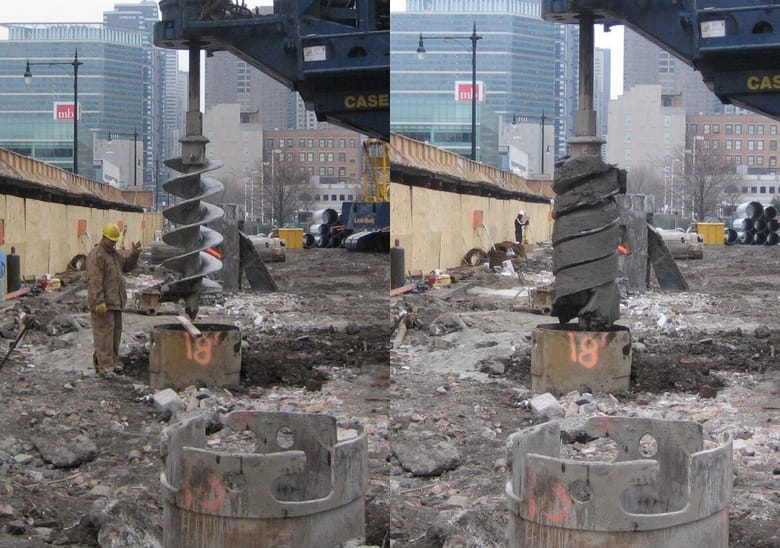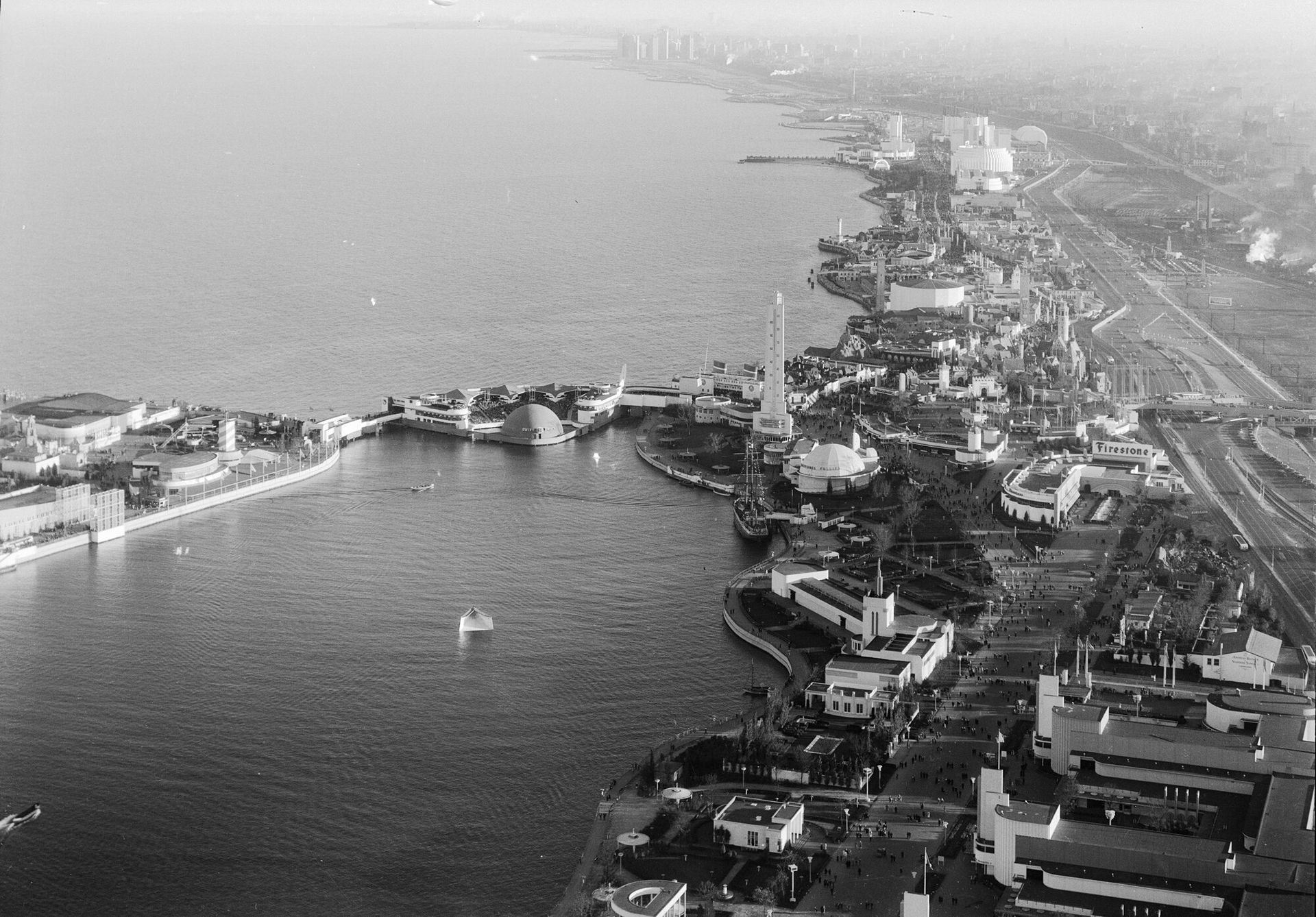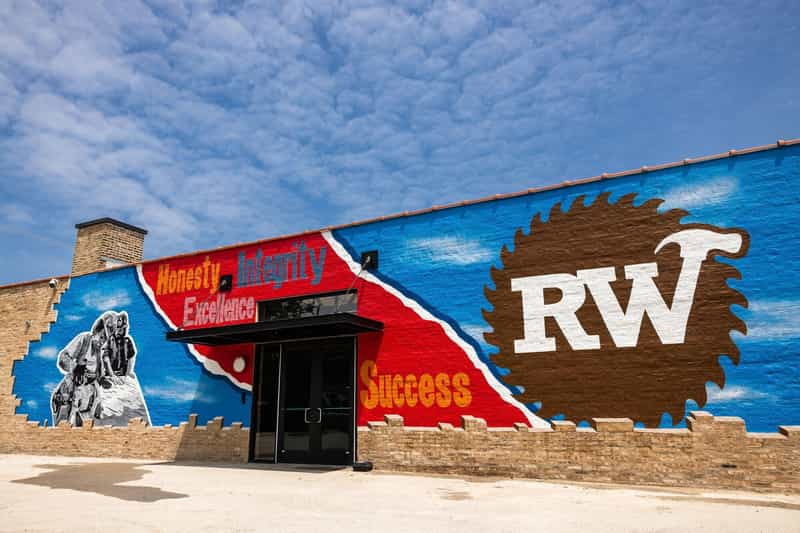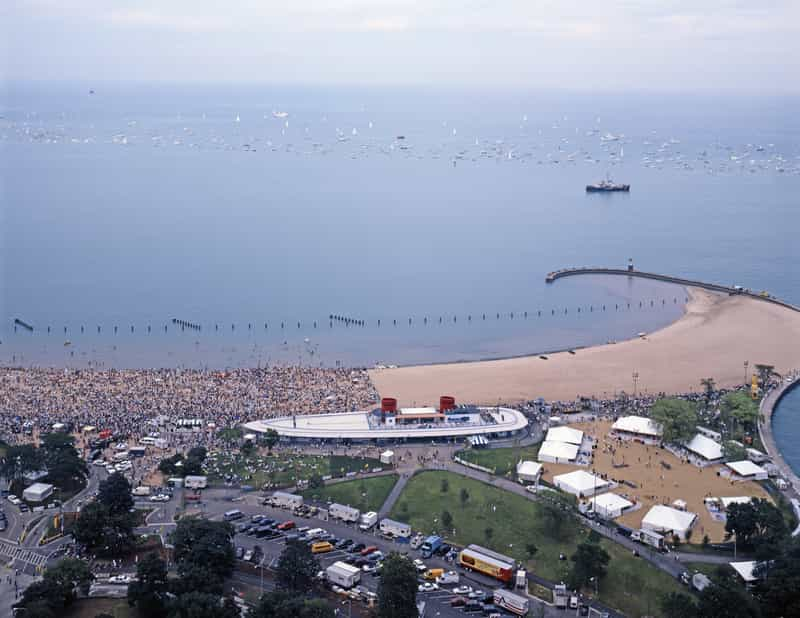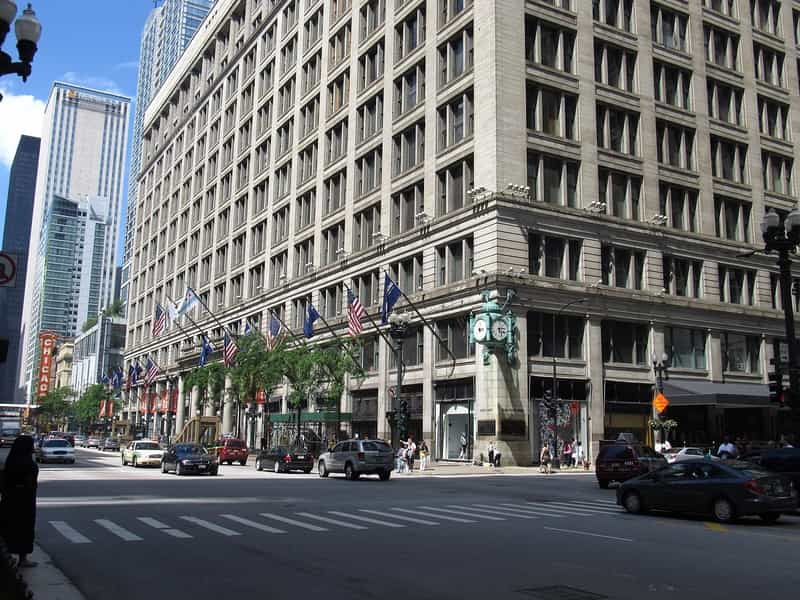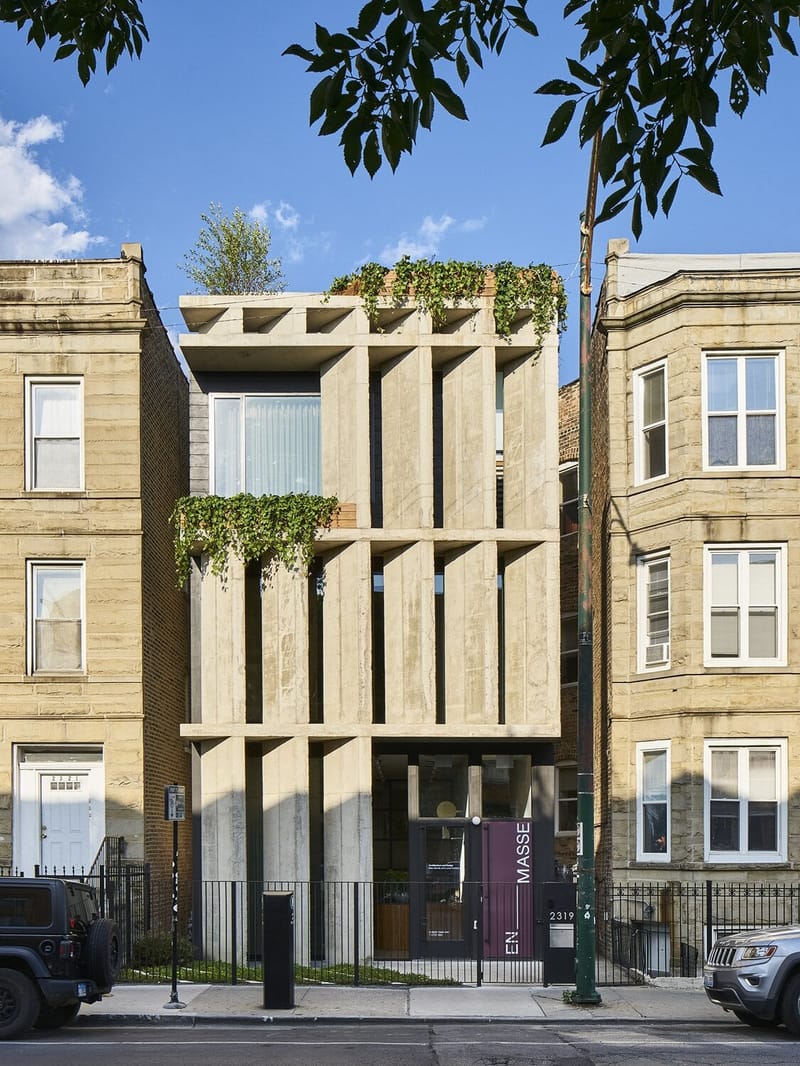Caisson
Drilling Caisson, photo by Tim Kuo
A caisson is a watertight retaining structure used as a foundation element. Caissons are large, hollow cylinders made of materials such as concrete, steel, or wood, and are typically sunk into the ground to reach bedrock or stable soil. They are then filled with concrete to create a strong foundation, especially in areas with soft or water-saturated soil. Caissons are essential in supporting heavy loads.
The term "caisson" comes from the French word "caisse," meaning box or case and early examples of caissons can be found in Roman and medieval bridge construction. However, the modern concept of the caisson evolved in the 19th century, particularly with advancements in civil engineering during the Industrial Revolution. As cities grew and structures became taller and heavier, the need for stable foundations led to the development of caisson technology. The use of caissons was particularly revolutionary in the construction of buildings on challenging sites, such as along riverbanks or in coastal areas. This technique is especially important in skyscraper construction, where the massive weight of the structure requires a deep and stable base.
EXAMPLES IN CHICAGO:
- The Monadnock Building: Completed in 1891, the north portion of the Monadnock Building is one of Chicago's earliest skyscrapers and a pioneering example of caisson foundation use in architecture. The building's designers, Burnham and Root, utilized a unique combination of caissons and traditional foundations to support the heavy masonry structure. Caissons were sunk deep into the ground to reach bedrock, providing the necessary support for the building's 16 stories. This method allowed for a taller, more stable structure, marking a significant advancement in skyscraper construction.
- The Chicago Union Station: Built between 1913 and 1925, Chicago Union Station required extensive use of caissons due to its location near the Chicago River. The station's massive weight and the soft, waterlogged soil in the area necessitated a deep foundation.
- Willis Tower (formerly Sears Tower): The Willis Tower, completed in 1973, is one of the most famous examples of caisson use in modern skyscraper construction. Due to the building's immense height and weight, a deep foundation was essential. Engineers sank caissons over 100 feet into the ground to anchor the building to the bedrock, providing the stability needed for the then-tallest building in the world.

